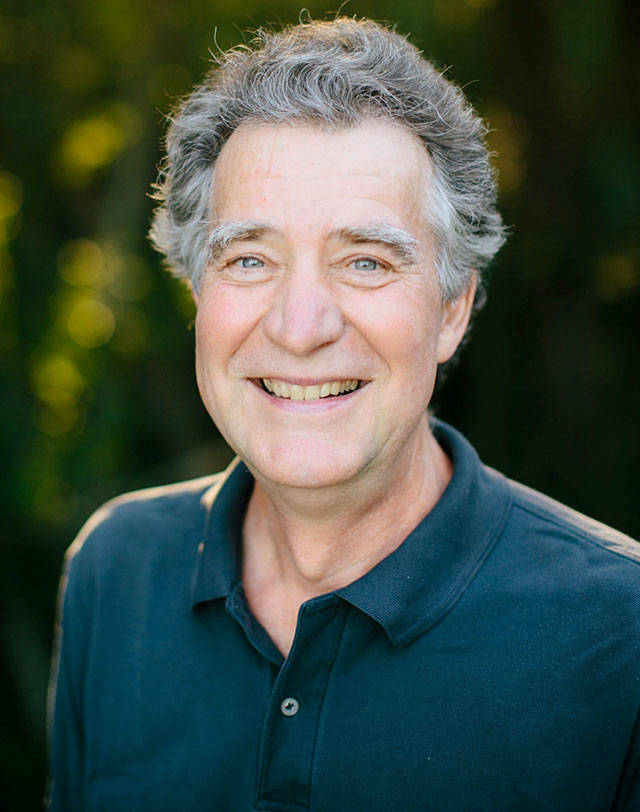Note: This “Green Briefs” commentary is part of an ongoing series published in partnership with the Whole Vashon Project. For more information on the group’s goals and actions, visit wholevashonproject.com.
Vashon’s first ETAP (Escaped Trash Assessment Protocol) was completed during Earth Week, on April 25, at the north end of Quartermaster Harbor near Portage.
As part of a collaboration between Zero Waste Vashon (ZWV) and Vashon Nature Center, Zero Waste Washington (ZWW) staff traveled to Vashon and trained island volunteers to execute the ETAP, a process developed by the U.S. Environmental Protection Agency (EPA).
The CSI-style event was complete with walled canopies to prevent wind from blowing away 50 buckets of trash categories. Marlyce and Bob Dixon kindly hosted the event in their backyard, and James Hyde documented the event with videos.
More than a dozen volunteers canvassed the tidelands below the driftwood, collecting all observable litter in an area slightly larger than a football field. The litter was then identified, classified, and placed in labeled containers. Each category was laid out, counted, weighed, and photographed.
In all, more than 2,700 pieces of litter, weighing more than 400 pounds, were characterized and documented, including 18 pieces of COVID-related items (gloves and masks). All recyclables went to the Vashon Recycling and Transfer Station, Option 2 (alternative fuel) plastics went to Nadine Edelstein’s First Sunday Styrofoam Recycling program, and the remainder went to the landfill. ZWW is now working on a summary report to be submitted to the EPA.
Plastic and other human-made solid waste are real problems for our waterways. In addition to cluttering our beaches, marine debris harms and kills fish and wildlife through ingestion, strangulation, entrapment and injury. Human litter will continue to destroy the environment until the mess is cleaned up and prevented.
Without greater efforts to stop trash getting into water, nearly 250 million metric tons of plastic will be in the world’s oceans by 2025 — nearly one pound of plastic for every three pounds of fish (see ‘Stemming the Tide’, Ocean Conservancy and McKinsey Center for Business and the Environment, 2016). We can contribute to solving this problem by eliminating single-use plastics and properly disposing of our own waste.
The Federal Clean Water Act sets a national goal that our waters should be “fishable and swimmable.” To reduce marine debris pollution and comply with the law, Washington State has established water quality standards designed to protect the beneficial uses of lakes, streams, and marine waters. The Clean Water Act (section 303(d)) requires that an official list of impaired waterbodies for each state be managed by the EPA.
The purpose of the first Vashon ETAP in April was to collect quantitative baseline data to be used to set policy and compare with future annual surveys. Heather Trim, executive director of ZWW, led the Portage ETAP training and declared our site to be one of the most debris-laden sites she had surveyed in Washington. This effort builds on many previous beach clean-up events by Vashon citizens, and data collection orchestrated by the Vashon Nature Center.
Puget Sound winds, currents and waves bring a variety of items to Vashon beaches from elsewhere. Let’s try and make sure that it is exclusively driftwood, which plays a valuable role in ecosystem habitat. We are very fortunate most of our beaches are nearly free of litter, thanks to the efforts of our citizens. Stay tuned for the next ETAP and if you have any questions or are interested in participating in future events, please contact steven.bergman@zerowastevashon.org.
— Steve Bergman is a geologist, a board member of Zero Waste Vashon and Vashon Makerspace, and a project advisor for the Whole Vashon Project.



